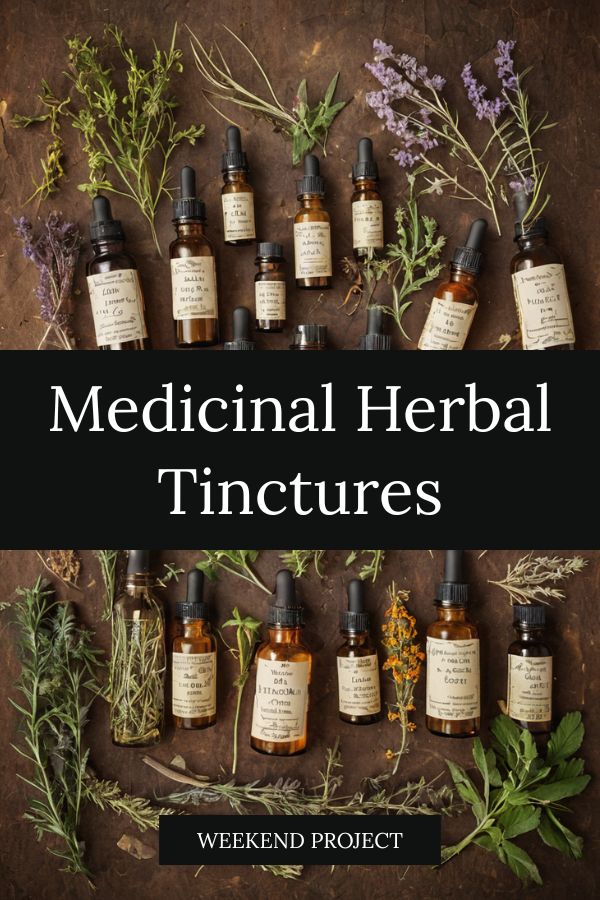Chinese Rhubarb (Rheum Officinale)
Information Reliability Score: 2/10
This score reflects the overall reliability of the information presented in this article. It is based on the quality of scientific evidence, accuracy of sources, and the transparency of references related to Rheum officinale.
Rhubarb, scientifically known as Rheum officinale, is a medicinal herb widely recognized for its therapeutic properties and historical significance in traditional medicine. It is also used as a spice, particularly in desserts, due to its tart flavor, though its medicinal applications are more prominent. The primary benefits of rhubarb include its ability to support digestive health, act as a mild laxative, and reduce inflammation due to its high content of anthraquinone compounds. In traditional Chinese medicine and Ayurveda, rhubarb has been used for centuries to treat constipation, detoxify the body, and balance internal energies. Modern wellness practices continue to utilize rhubarb for its potential to aid in gastrointestinal health and as a natural remedy for mild digestive discomfort, while its unique red stalks and historical use in ancient herbal texts highlight its enduring value in both culinary and medicinal contexts.
FREE COURSE
How to make medicinal herbl tinctures for common ailments at home and in a weekend (using the Healing Drop System).

